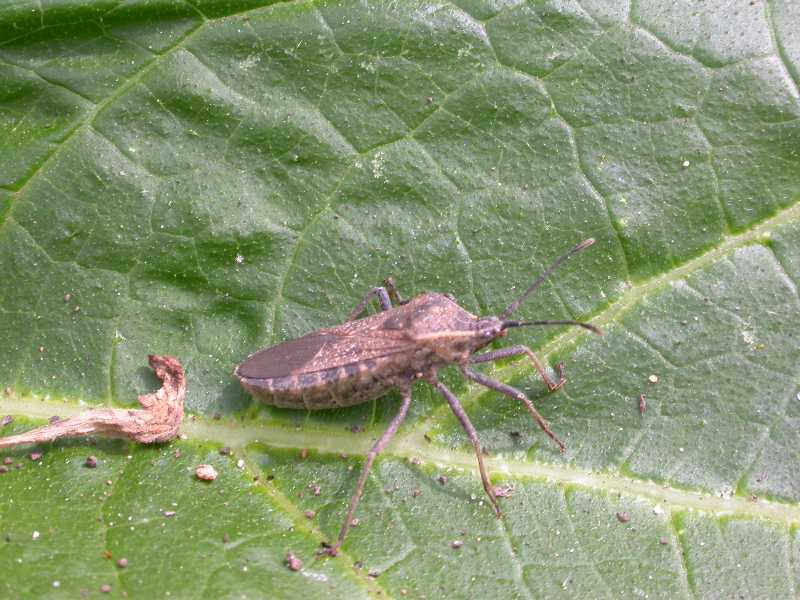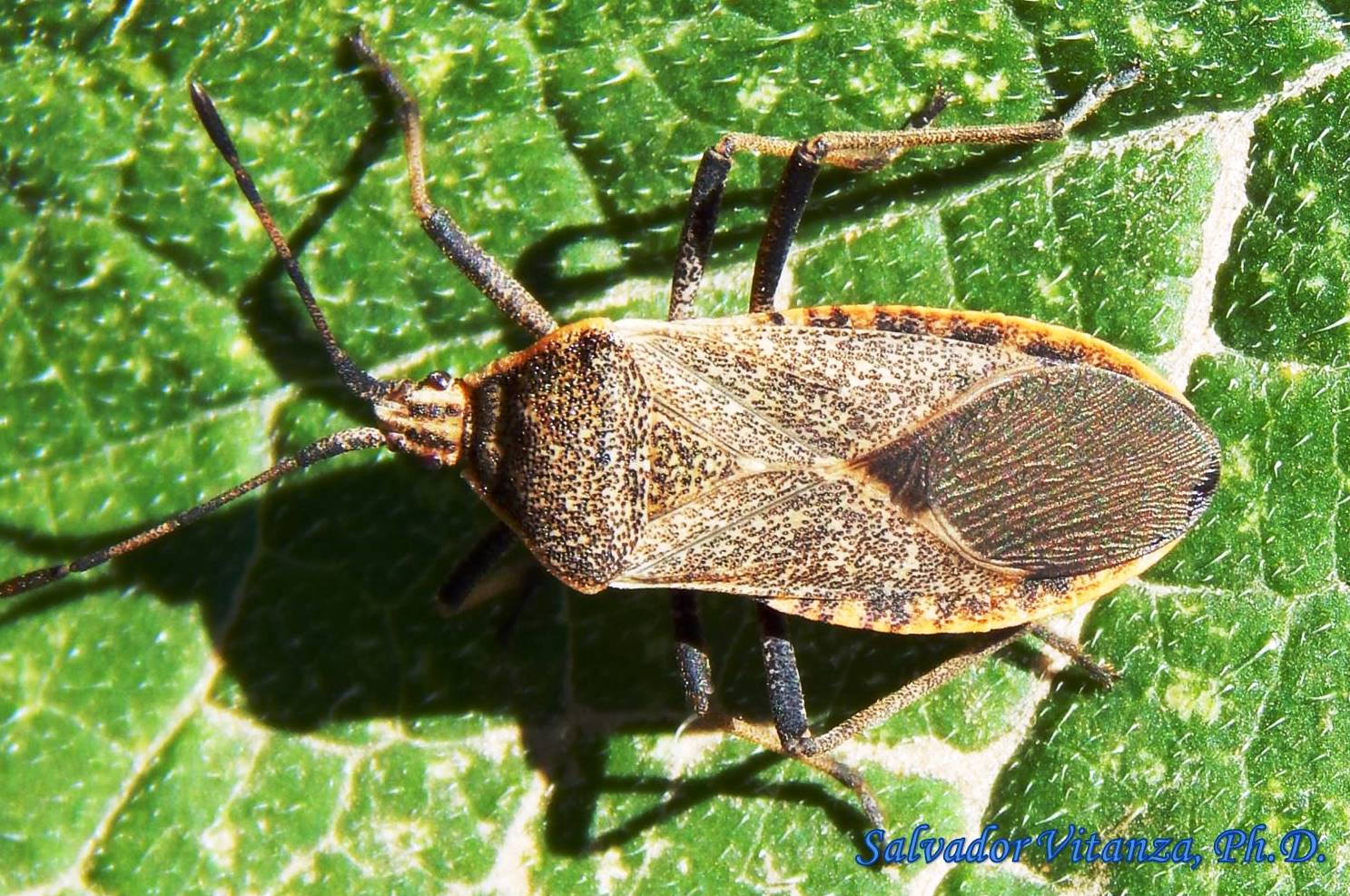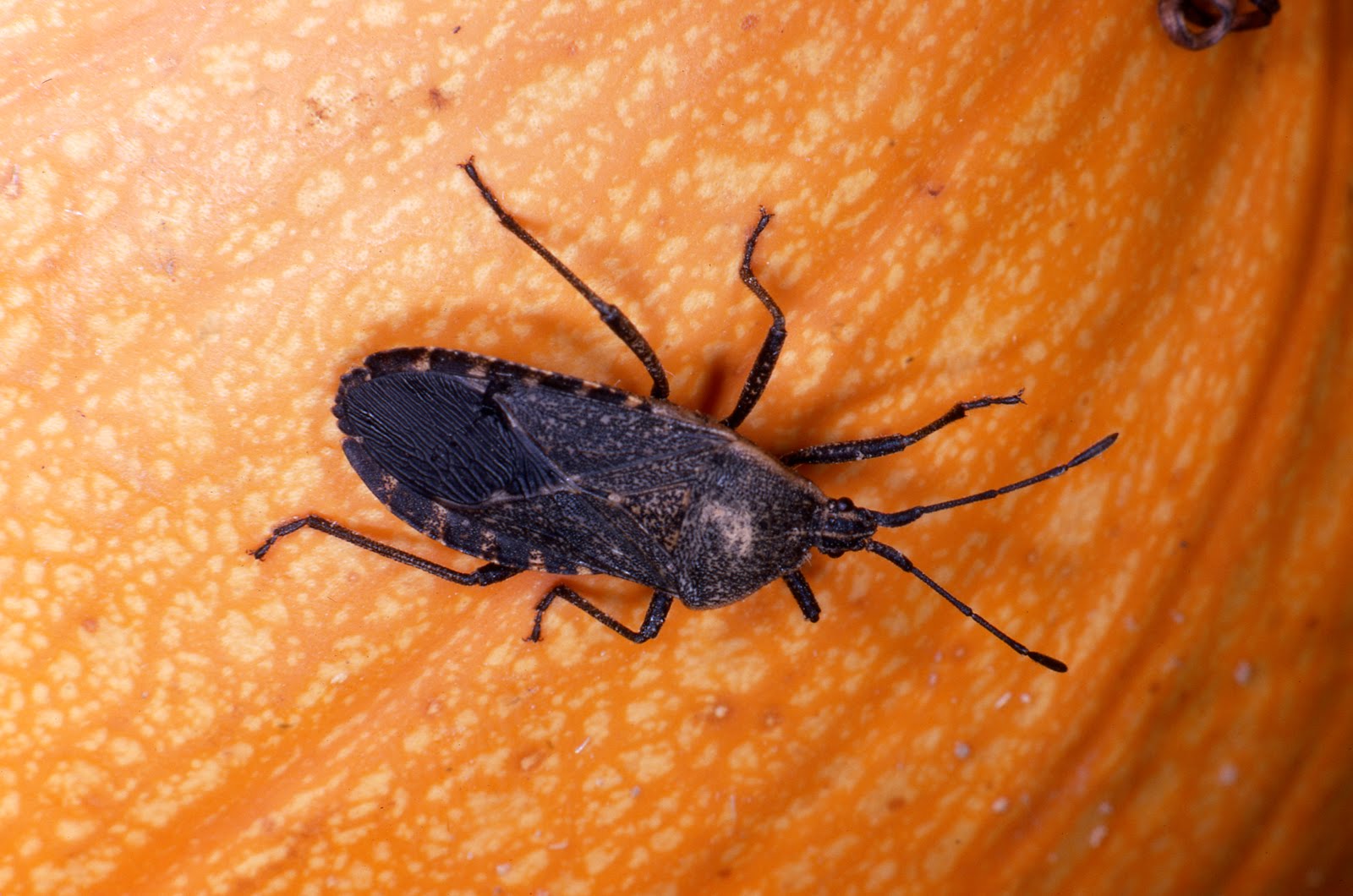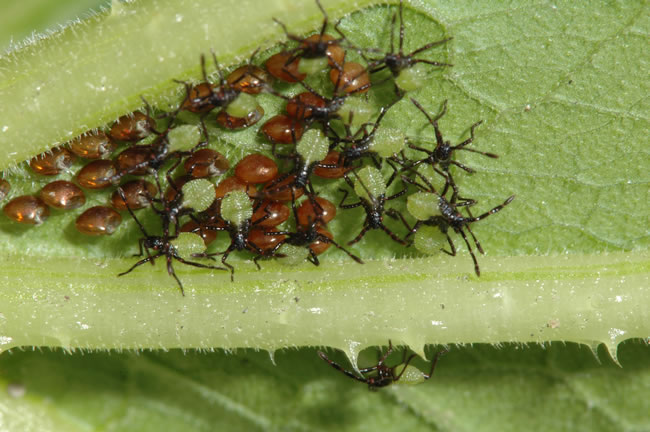
#Squash bug Patch#
Although lemon balm and peppermint are both perennial plants so I don’t know that I would plant them in the squash patch but putting the leaves in there might work. Companion planting with either flowers or herbs – some good choices that I have heard of are nasturtiums, marigolds, onions, dill, lemon balm, peppermint, catnip or cilantro.Trap cropping (planting a plant that they LOVE so they will flock to it and leave my other plants alone).Planting early (to beat the squash bug season) or planting late (to miss the earliest population explosion).Using a shop vac, handheld vacuum, or bug vacuum to remove them.Here are a few ideas that I might try in the future:

Some of her suggestions I’m not comfortable with but you might be okay with them. Here is an article from one of my favorite gardening bloggers about dealing with squash bugs. I have yet to find a solution that totally and completely works.Īnd so, I am still on the lookout for a GREAT solution for getting rid of squash bugs. These methods have done a good job of keeping the population at bay so I can at least get a harvest.
#Squash bug free#
Or if you would like a copy of my FREE Guide to Gardening with Essential Oils, click here. To learn more about how you can get the highest quality essential oils into your home (because, trust me, QUALITY MATTERS!), click here. Shake well and spray on and around your plants. To use, fill a glass spray bottle with water and add 20-40 drops of your chosen essential oil or a combination of oils.

Once I see adults on the plants, I start to check for eggs.

I’ve never been able to completely eradicate them from my garden but I have been able to keep them under control. Whew!īut ever since then, I have had a battle with the squash bugs each summer.
#Squash bug skin#
It was a variety that had a very thick skin so even though the plants suffered heavily, the fruits themselves were pretty much unscathed. Luckily, I was able to salvage a couple of pumpkins. At the worst point, I could have taken a drinking cup and scooped through them and filled the entire cup with one swipe. Until I noticed some big green pumpkins growing and then I wanted to keep an eye on them so I could pick them when they were ripe.īut as they got closer to ripening, I noticed quite a few bugs on them but didn’t think much of it. Needless to say, I didn’t go back there very often. The way things were planted that year meant that it took a lot of acrobatics to climb over other plants to get back to the pumpkins.

I didn’t pay much attention to the plants as they were growing – mostly because I couldn’t easily get to them. The first time I remember them in my garden was a year that I grew a whole bunch of pumpkins at the back of my garden. Gasp! That’s hard for me to believe now.Īnd unless you have encountered them in your garden, you many not know what they are either. Many years ago, I didn’t know what squash bugs were.
#Squash bug full#
The good news is using these links doesn't cost you anything extra! Thank you so much for supporting ! ~ Laura ( see full disclosure here) This page may contain affiliate links, which means I earn a small commission if you make a purchase after clicking on my link.


 0 kommentar(er)
0 kommentar(er)
